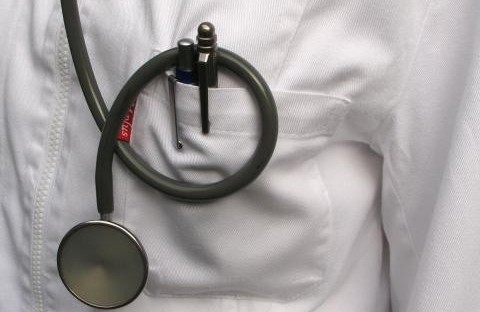State of Health in the EU: more protection and prevention for longer and healthier lives
The 2018 Health at a Glance: Europe joint report of the European Commission and the Organisation for Economic Cooperation and Development (OECD) issued today shows that the steady increase of life expectancy has slowed down and that large gaps across and within countries persist, notably leaving people with a low level of education by the wayside. This report is based upon comparative analyses of the health status of EU citizens and the performance of the health systems in the 28 Member States, 5 candidate countries and 3 EFTA countries.
"While the life expectancy in the EU is among the highest in the world, we shouldn't rest on our laurels. Many lives could be saved by increasing our efforts to promote healthy lifestyles and tackle risk factors such as tobacco or lack of physical activity. It is unacceptable that every year in the EU we are losing more than 1.2 million people prematurely when this could be avoided through better disease prevention and more effective health care interventions",said Vytenis Andriukaitis, Commissioner for Health and Food Safety.
The report further calls for improving mental health and preventing mental illness that not only have social consequences but are also estimated to cost more than 4% of GDP across the EU. It also calls for addressing risk factors like smoking, alcohol and obesity, reducing premature mortality, ensuring universal access to care and strengthening the resilience of health systems.
Key findings
· Until recently, life expectancy was rising rapidly and steadily across EU countries. However, since 2011, the gains in life expectancy have slowed down markedly. Moreover, large disparities in life expectancy persist not only by sex but also by socioeconomic status. For instance, on average across the EU, 30-year-old men with a low level of education can expect to live about 8 years less than those with a university degree.
· Evidence from various countries suggests that up to 20 % of health spending could be reallocated for better use. A mix of policy levers could optimise spending by ensuring value for money, for example in the selection and coverage or procurement and pricing of pharmaceutics through Health Technology Assessment.
· Over 84,000 people died of the consequences of mental health problems across Europe in 2015. The total costs arising from mental health problems are estimated to amount to over EUR 600 billion per year.
· Nearly 40% of adolescents report at least one binge-drinking event in the preceding month. Although alcohol control policies have helped reduce overall alcohol consumption in several EU countries, heavy alcohol consumption among both adolescents and adults remains an important public health issue.
· Low-income households are five times more likely to report unmet care needs than high-income households.
Background
In 2016, the European Commission launched the State of Health in the EU cycle of knowledge brokering, so as to assist EU Member States in improving the health of their citizens and the performance of their health systems. The reports were welcomed and used by national authorities. Seven Member States (Austria, Cyprus, Finland, Italy, the Netherlands, Poland and Sweden) requested a voluntary exchange to discuss the findings and share best practice.
Health at a Glance: Europe 2018 is the first product of the second State of Health in the EU cycle, presenting every even-numbered year a cross-EU overview as a basis for the country-specific analysis that is to follow. The report is the result of a closer collaboration between the OECD and the Commission to improve knowledge on health issues.
The evolution of EU health systems is captured in the report in terms of their effectiveness, accessibility and resilience, using the latest available data. With the State of Health in the EU cycle, the Commission responds to a need to build up country-specific and cross-country knowledge that can inform policies at national and European level.
Next steps
The second step in the cycle is the publication of Country Health Profiles for all EU countries, which will be published in 2019 jointly with the OECD and the European Observatory on Health Systems and Policies. They will highlight the particular characteristics of and challenges for each Member State, and will be presented alongside a Companion Report in which the Commission draws cross-cutting conclusions. The final step in the cycle is a series of Voluntary Exchanges with Member States. These are opportunities to discuss with the experts behind all the analyses some of the challenges identified and brainstorm potential policy responses.









